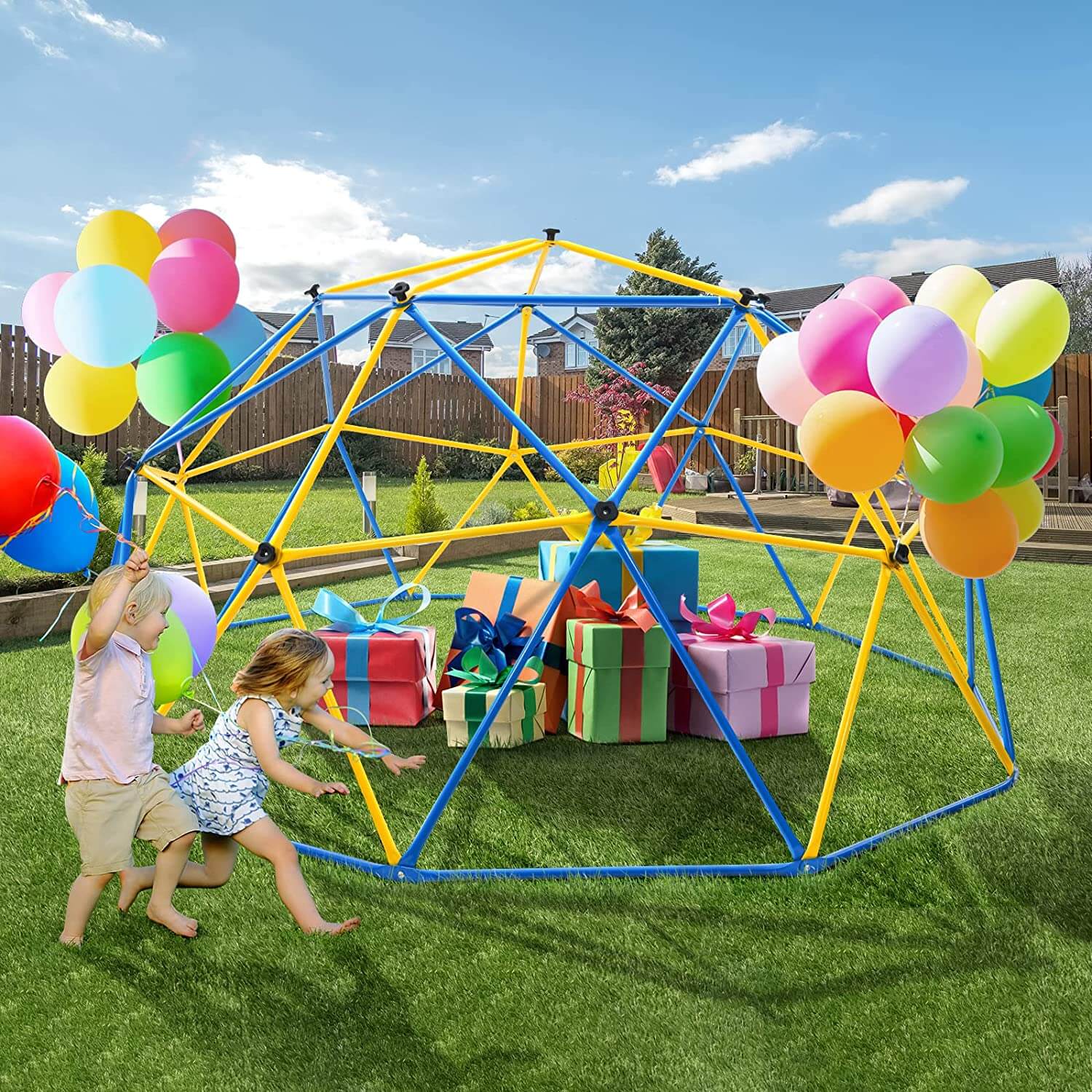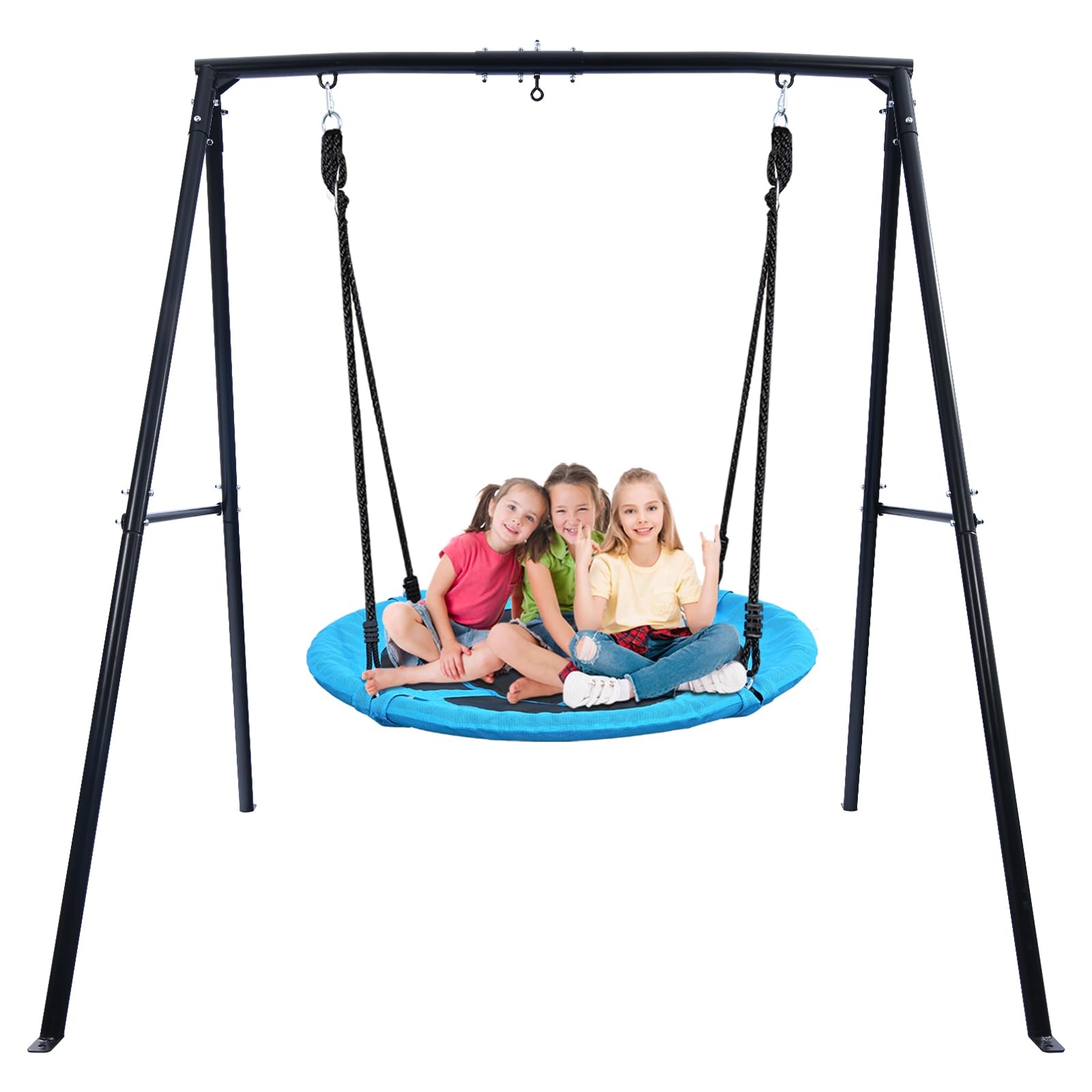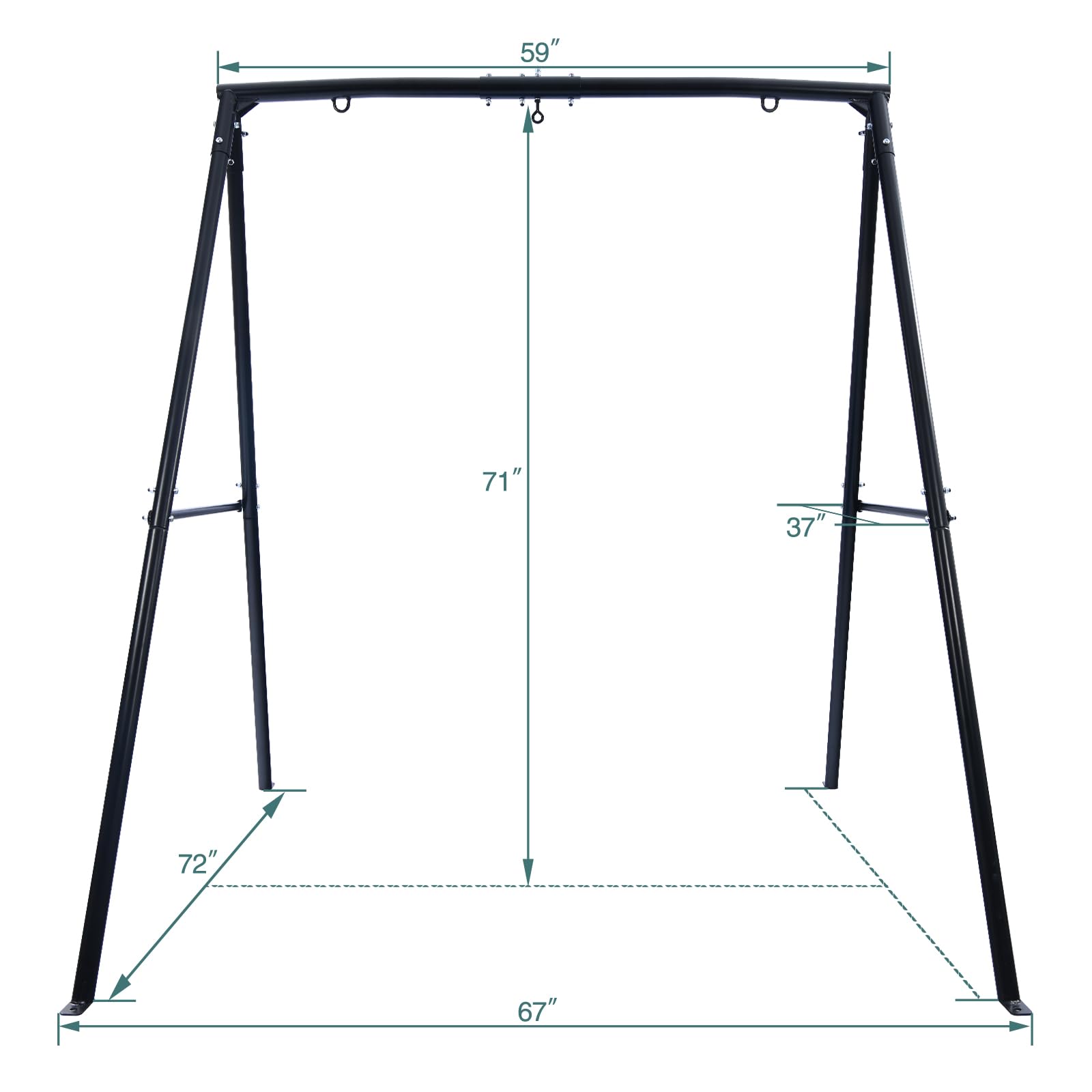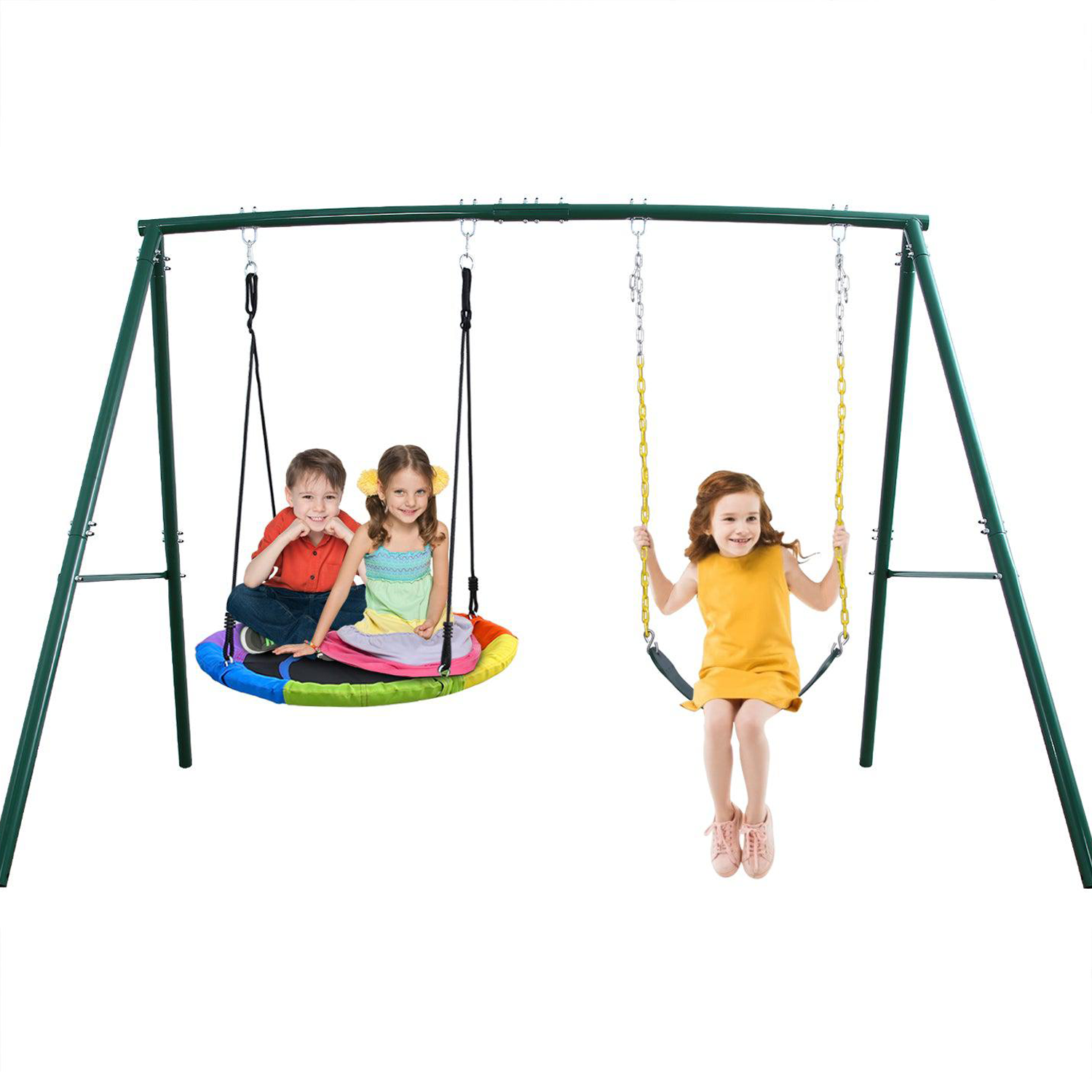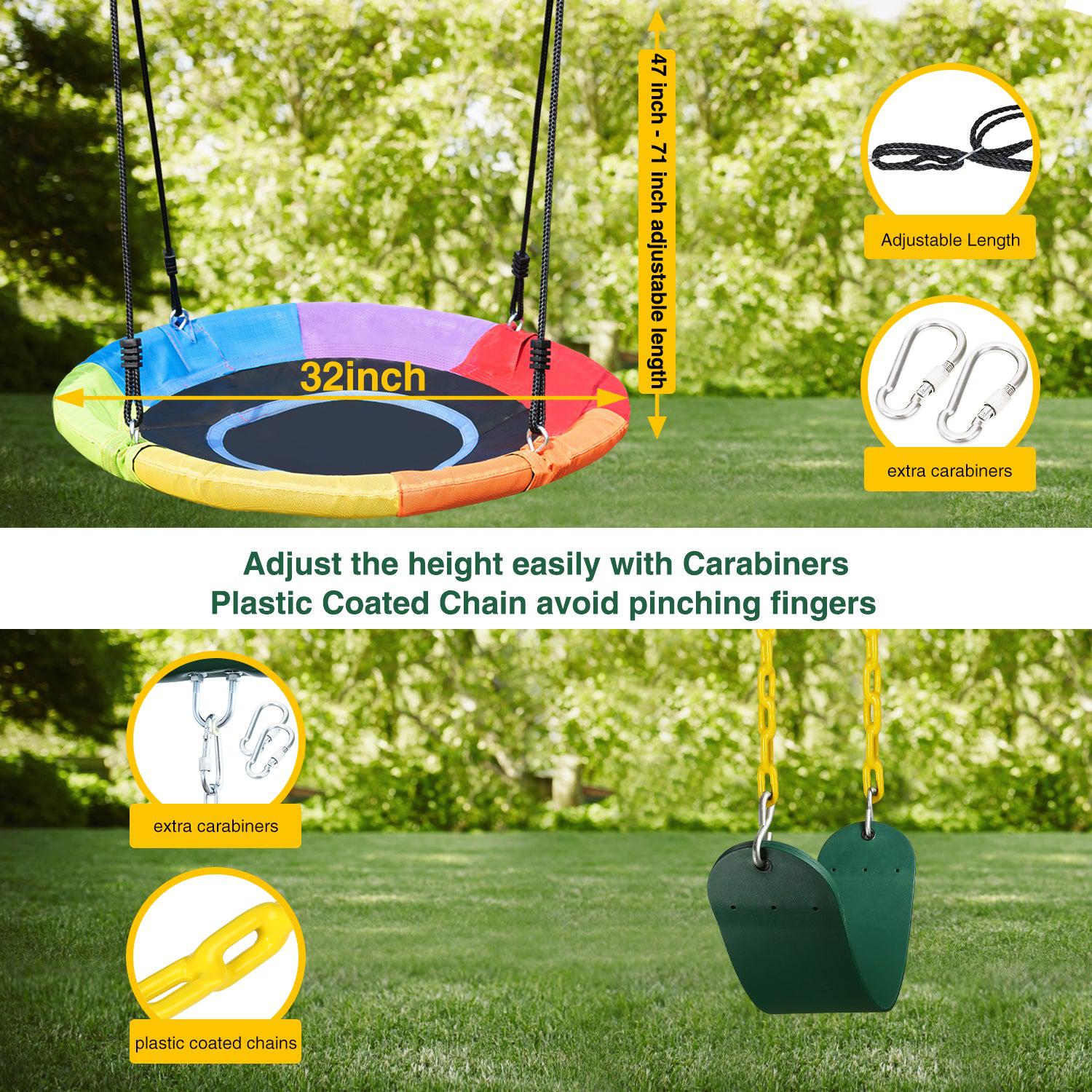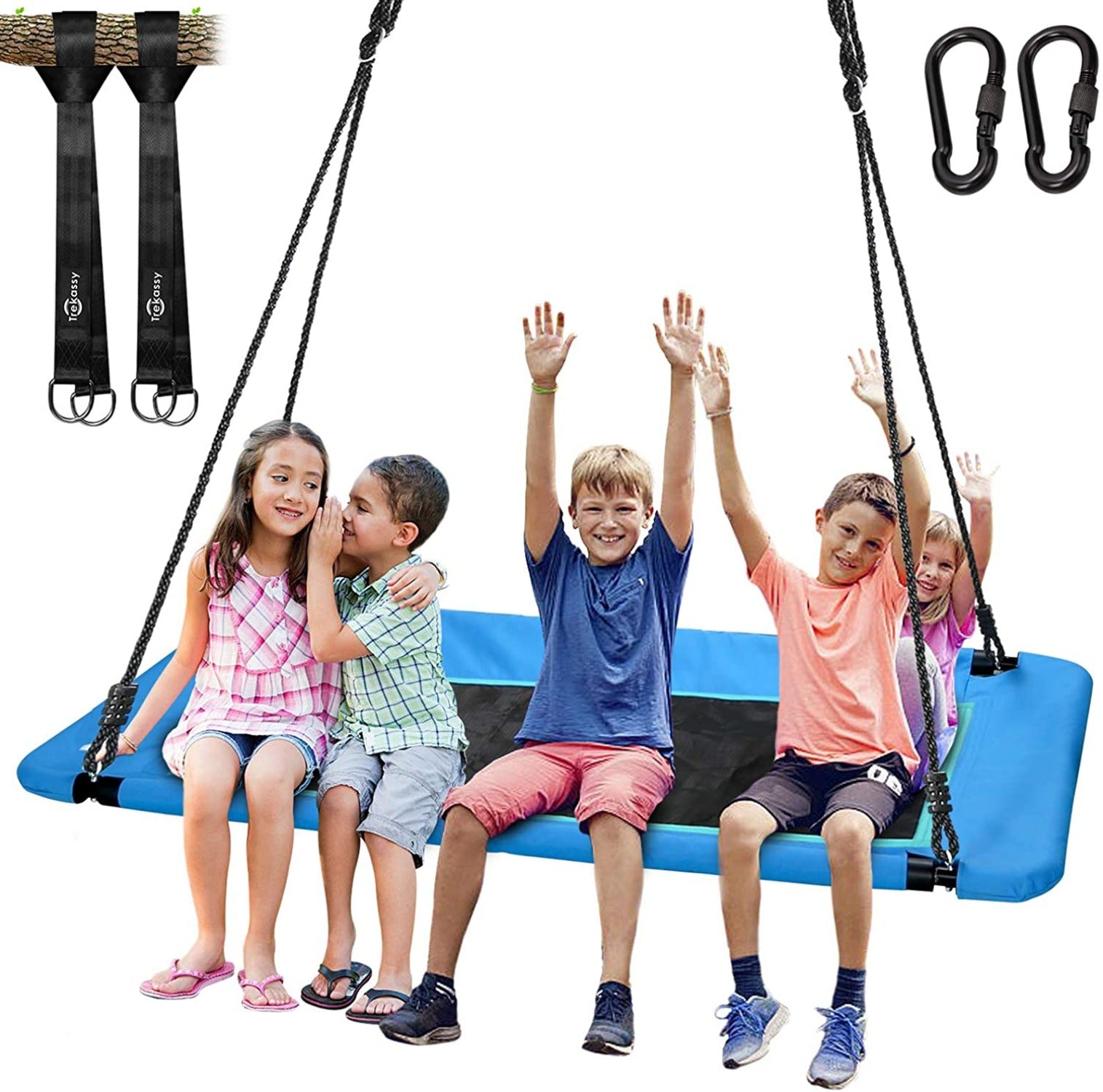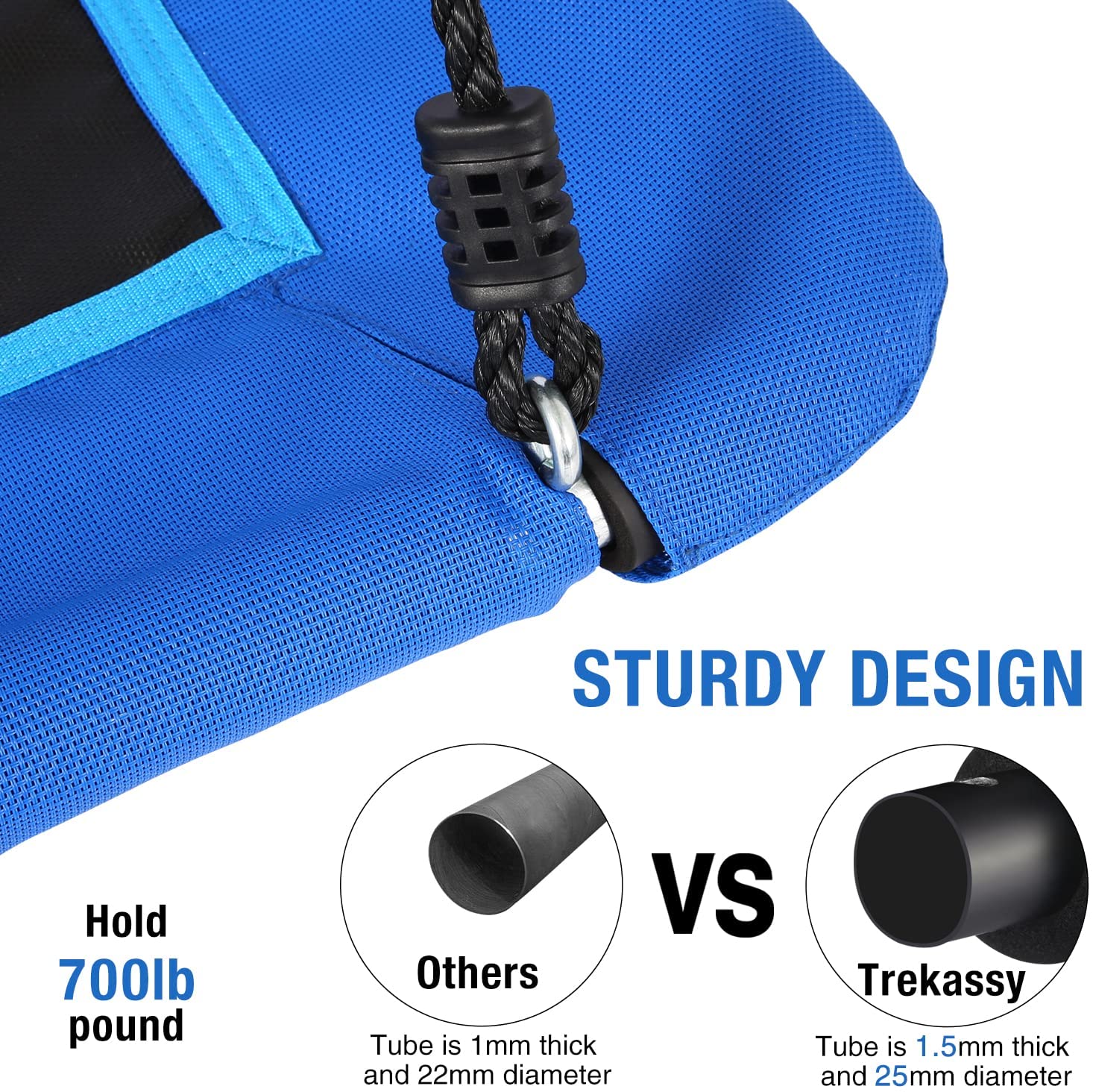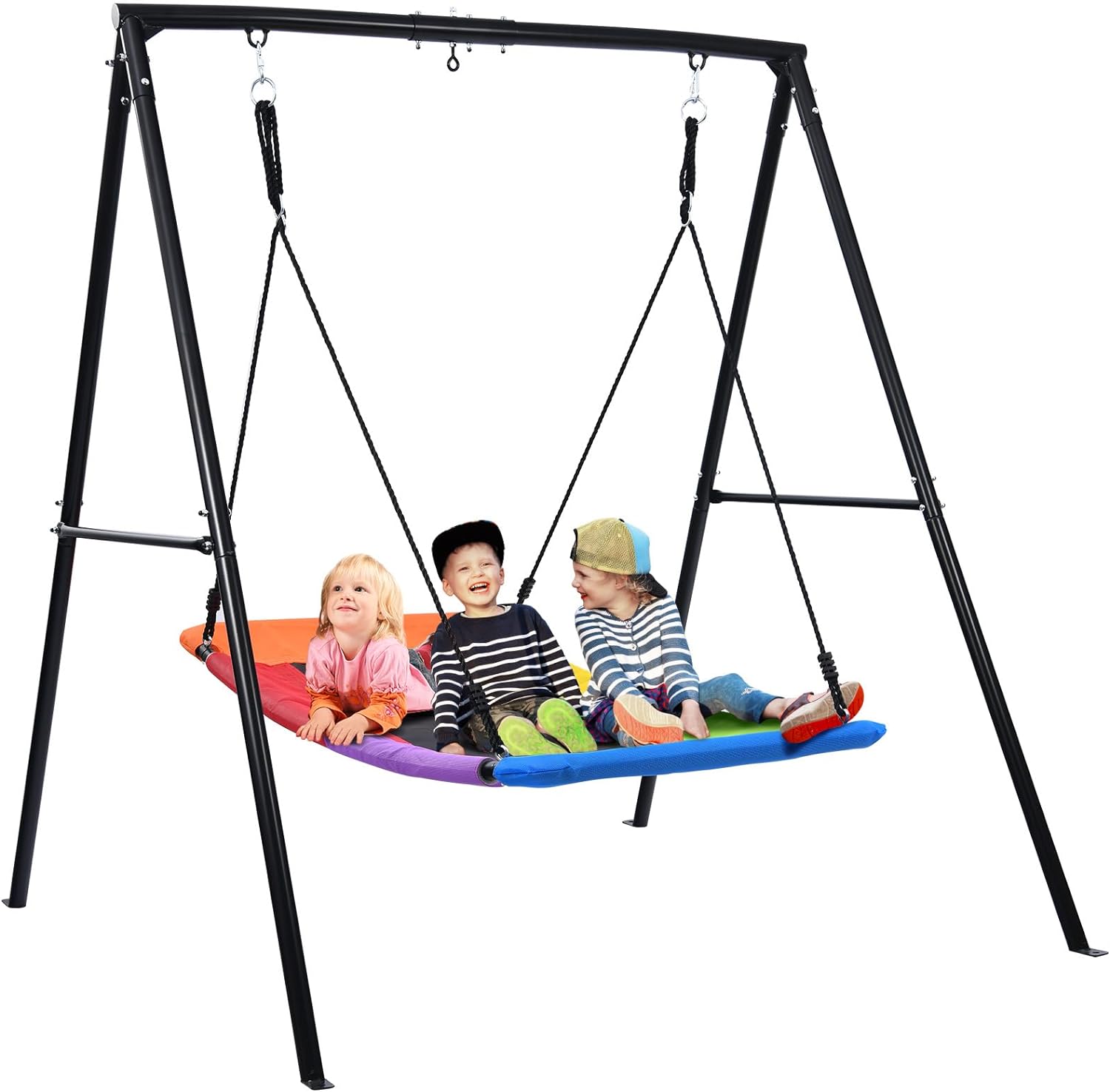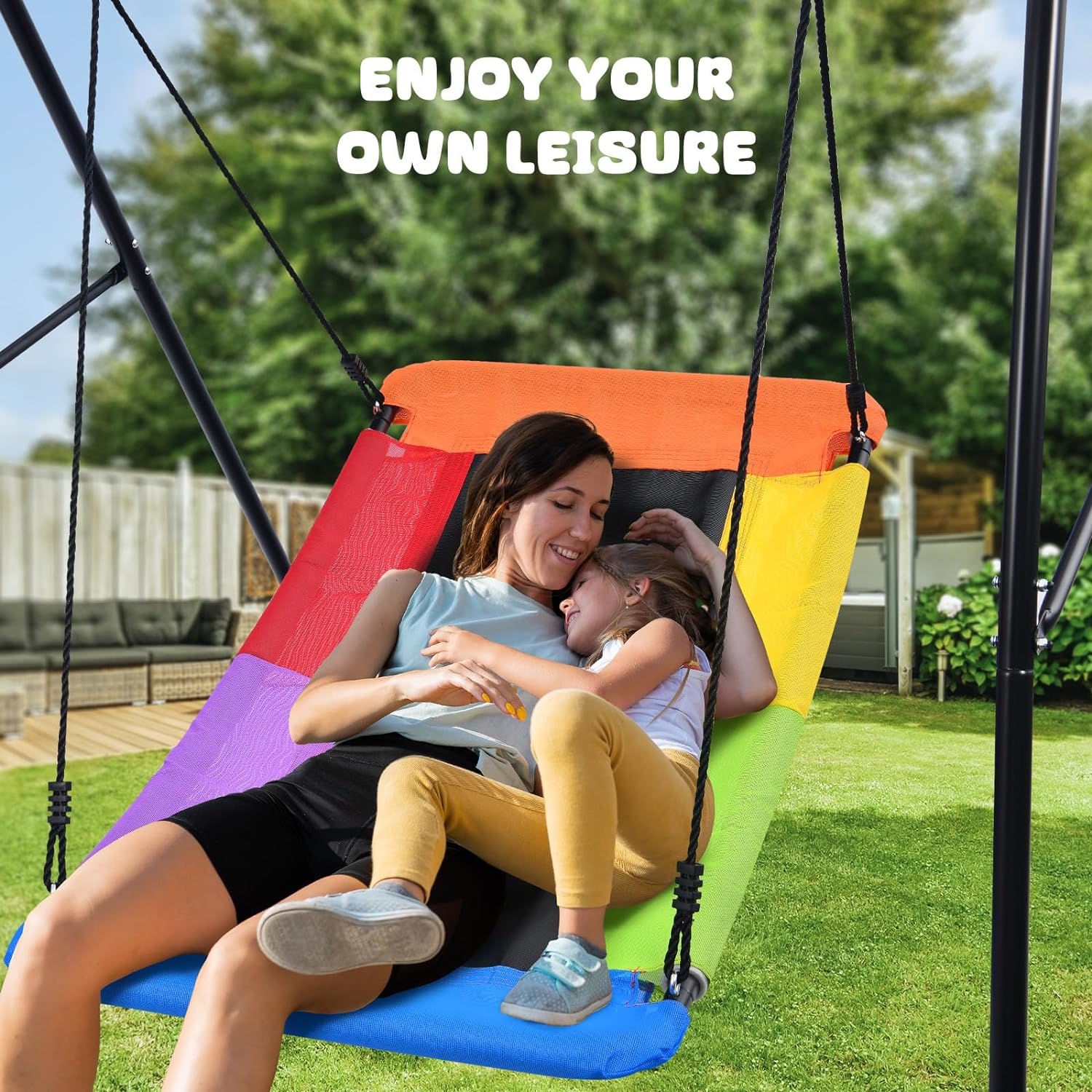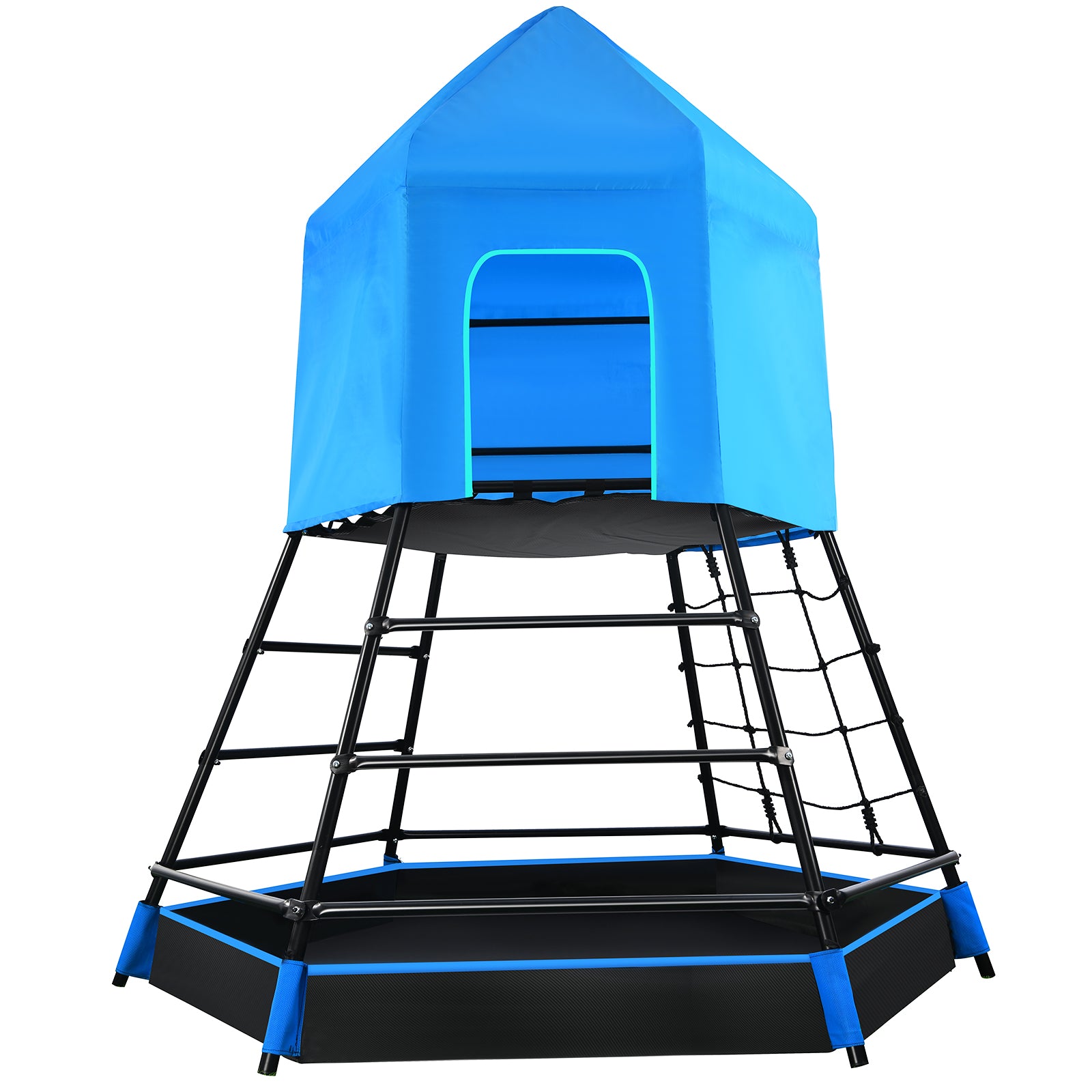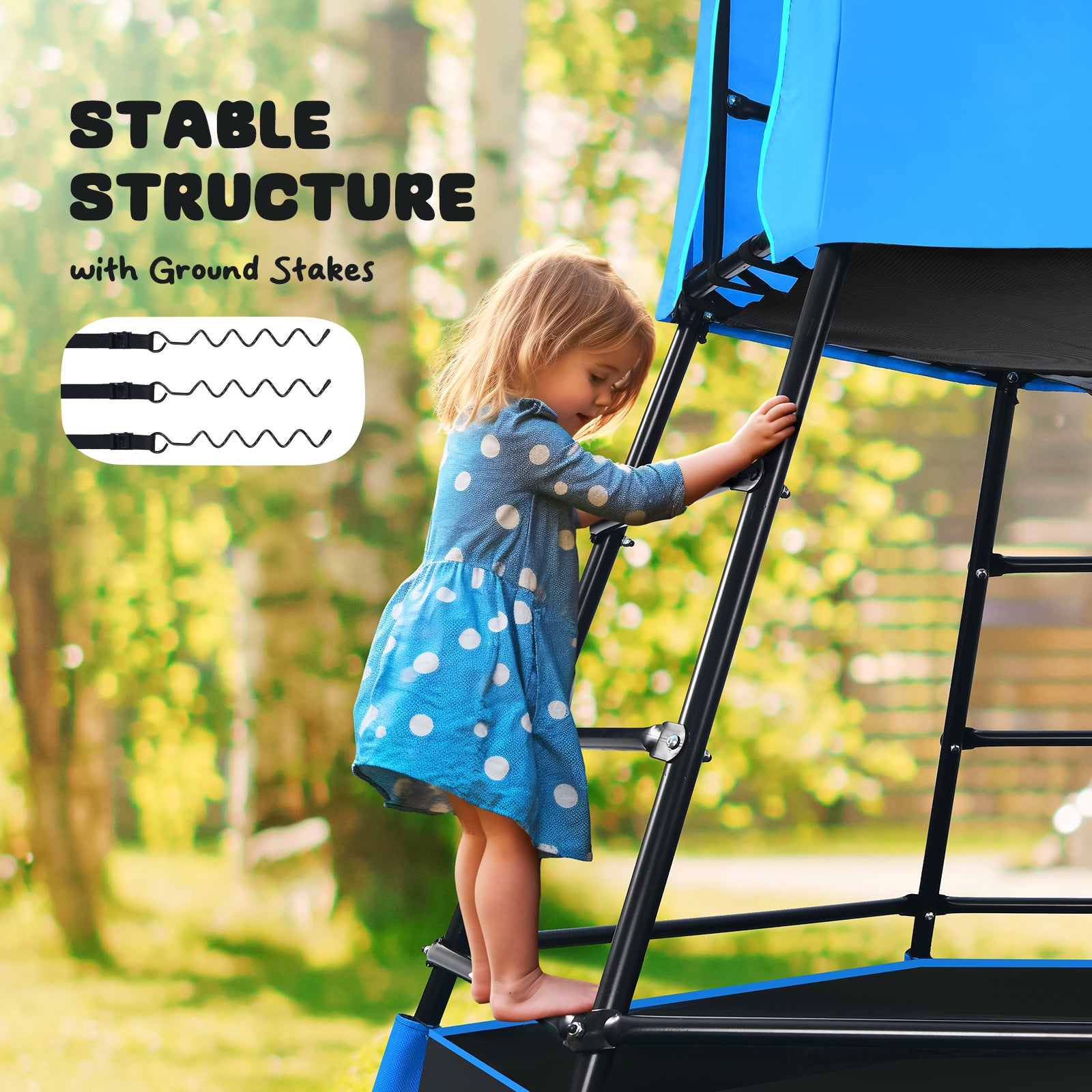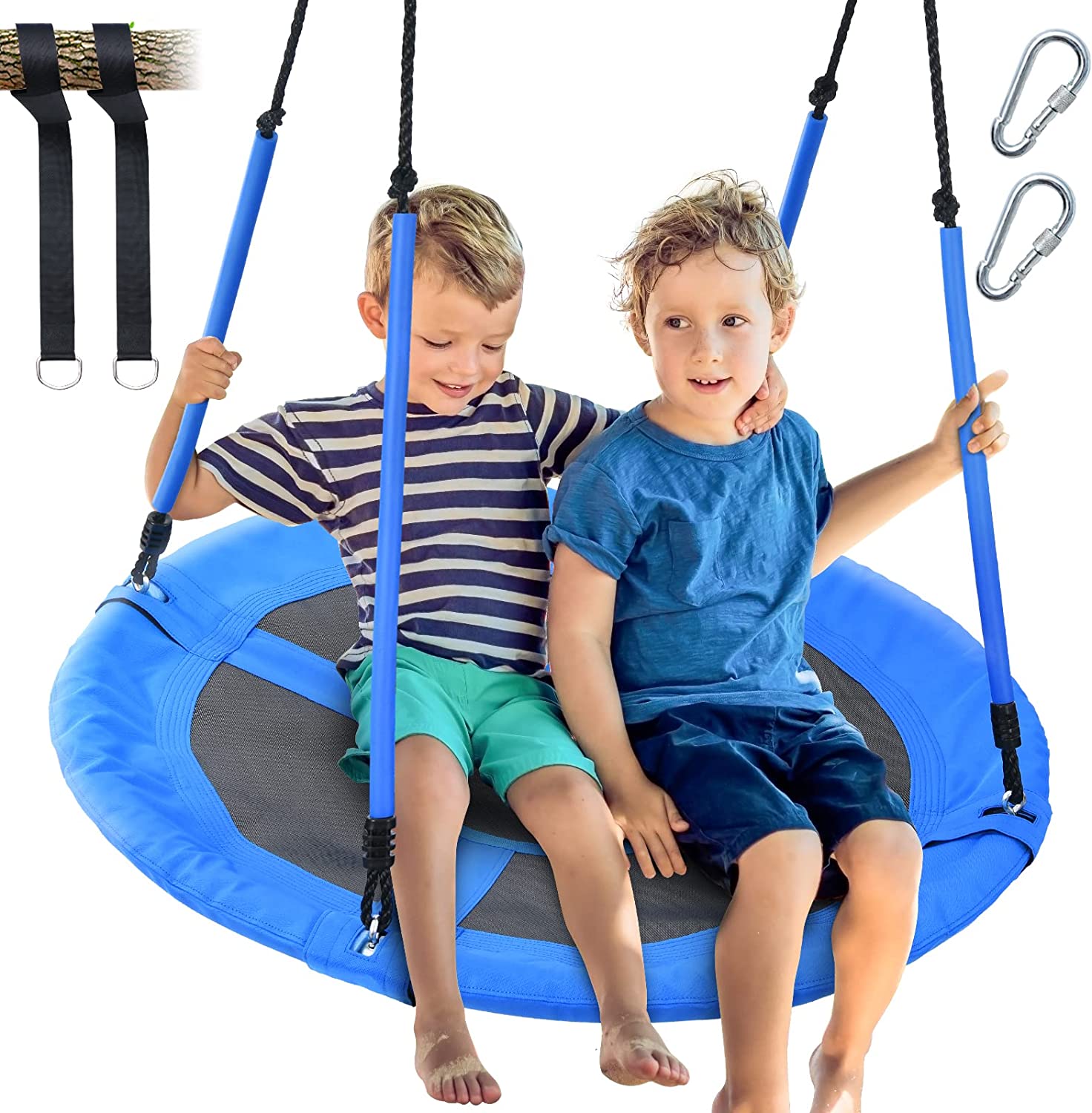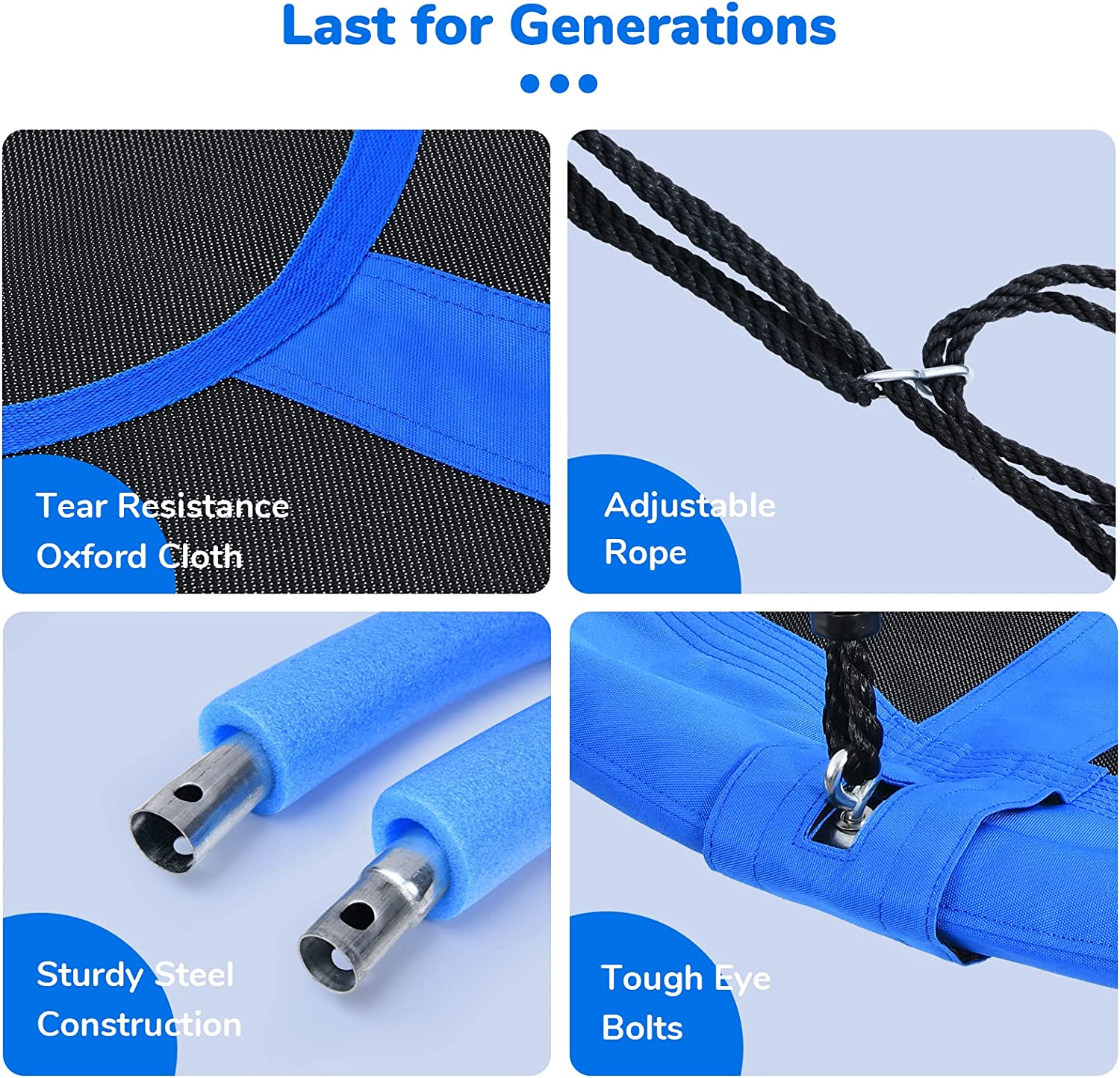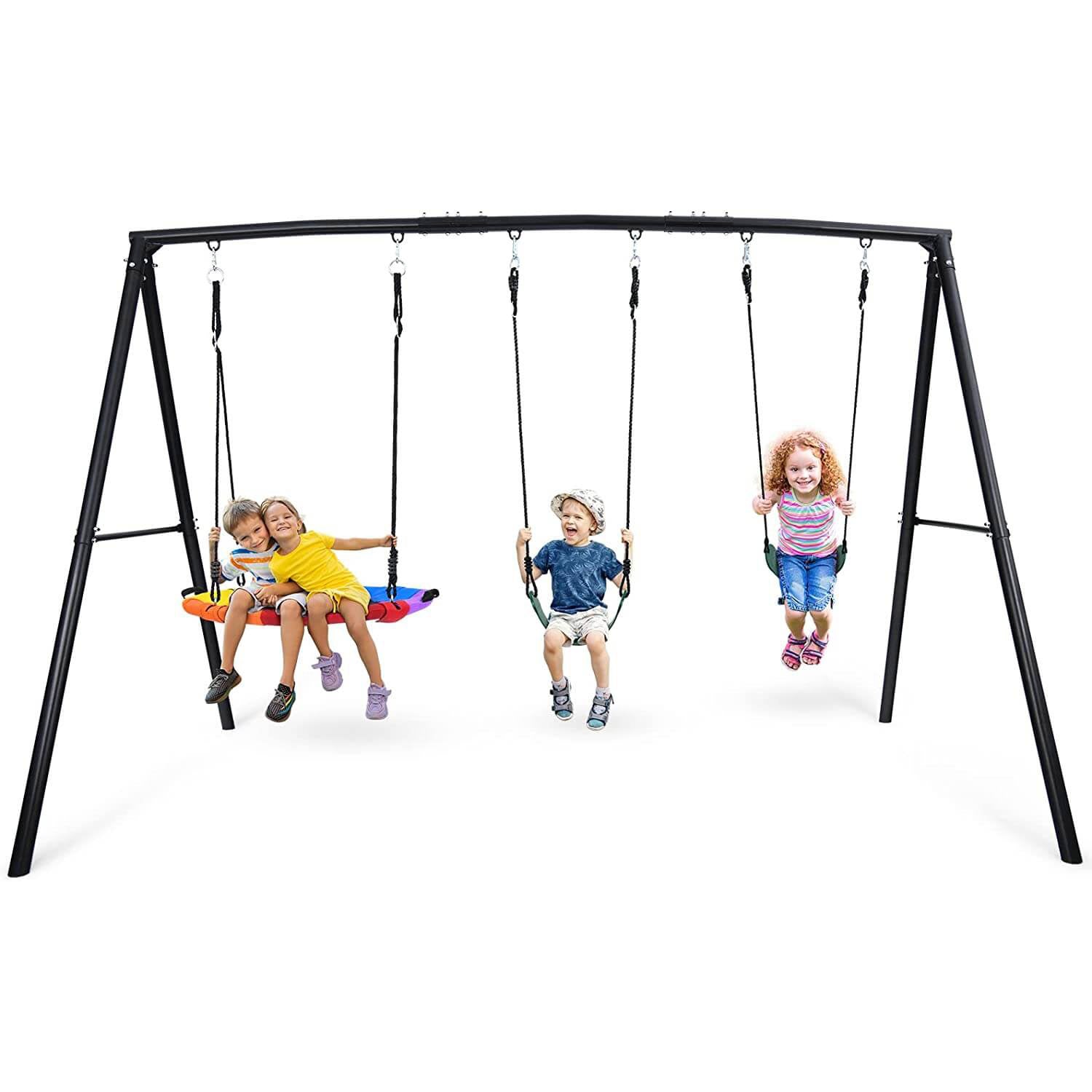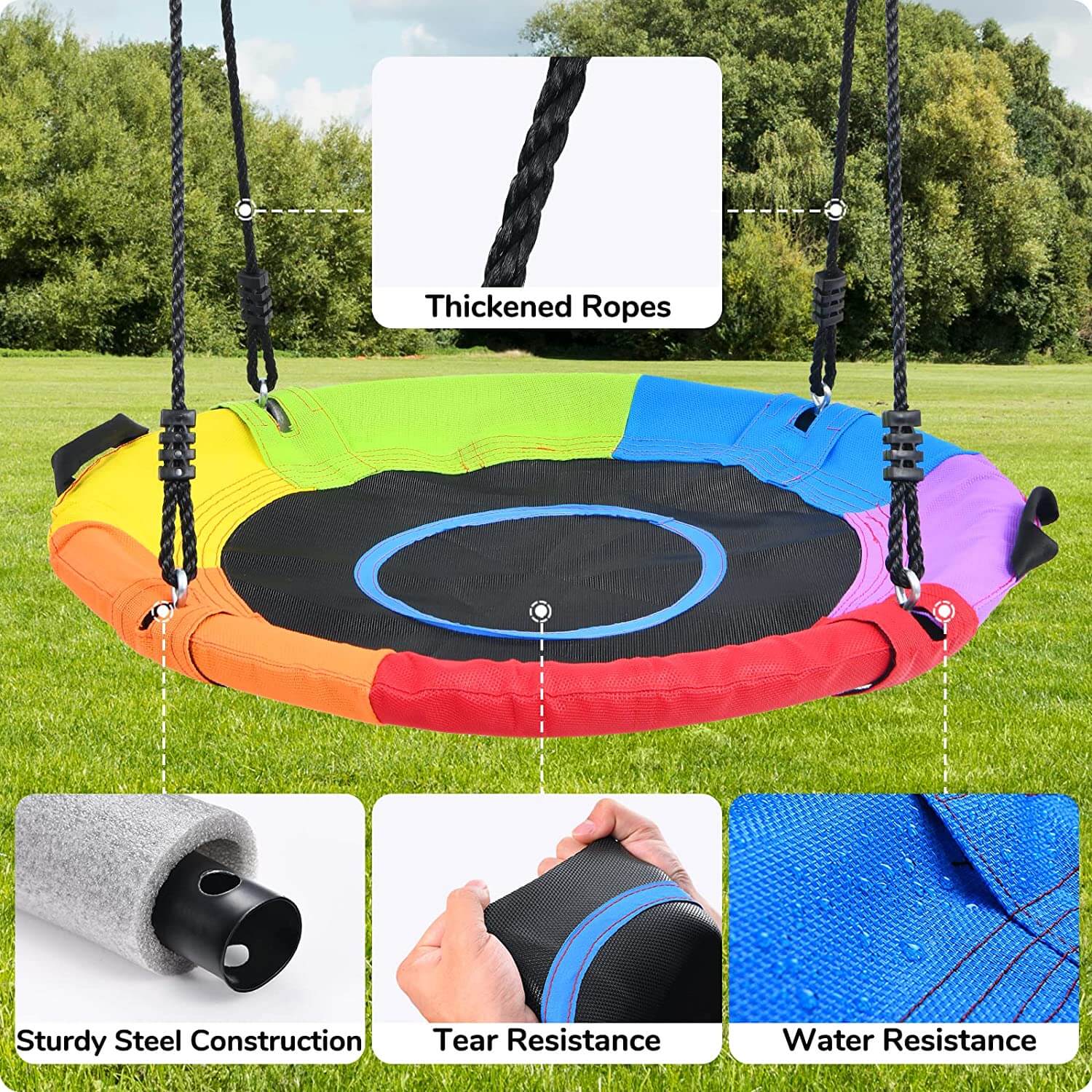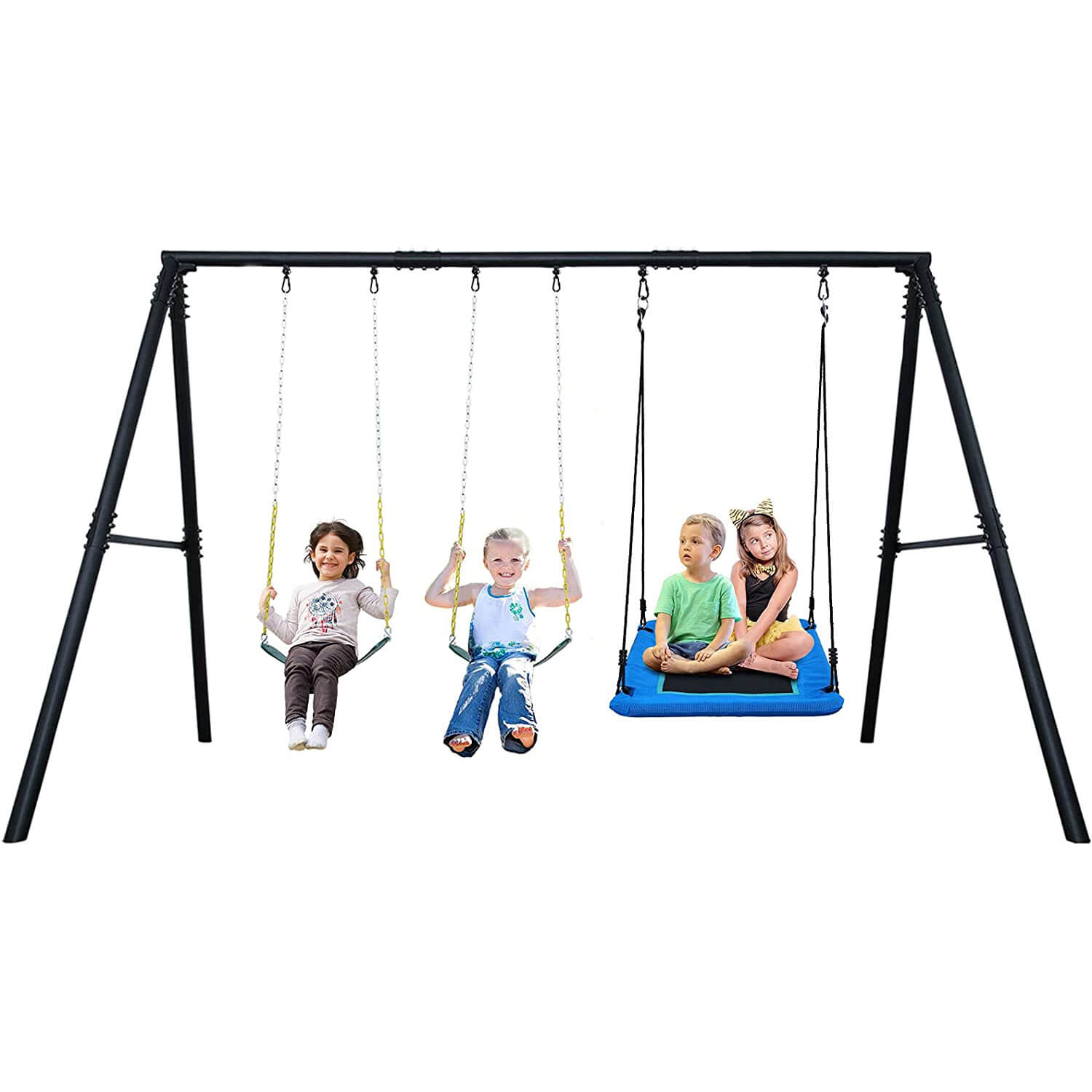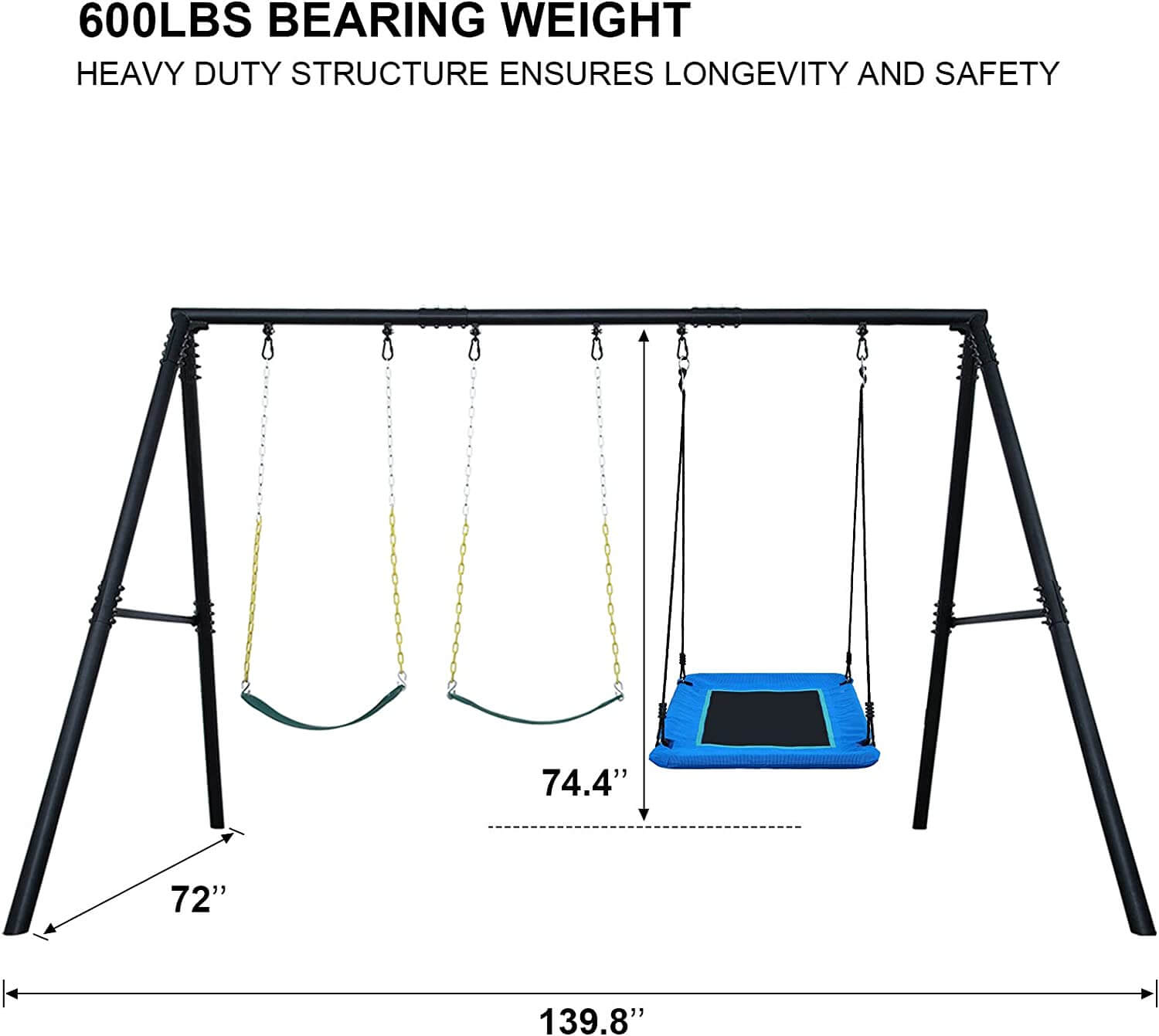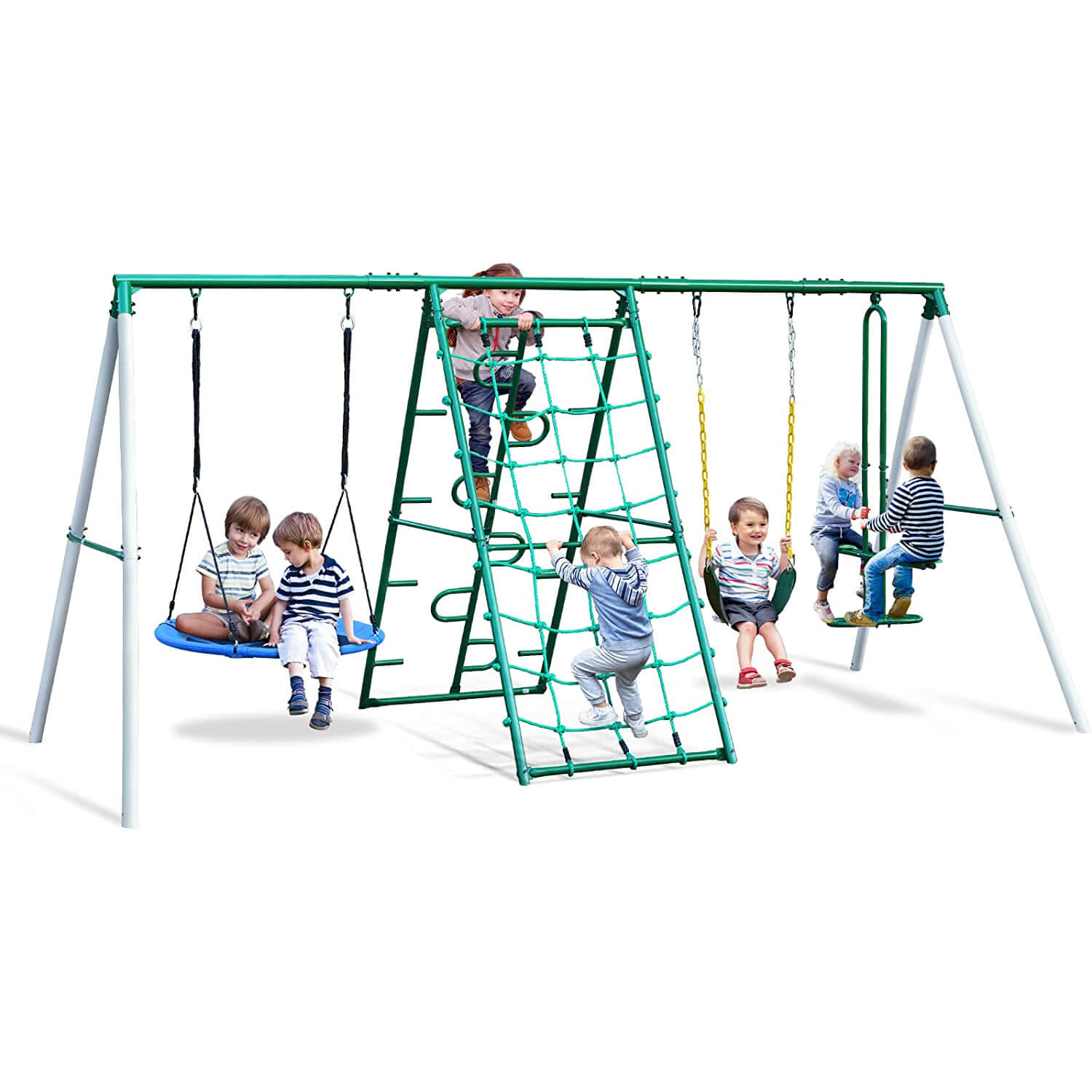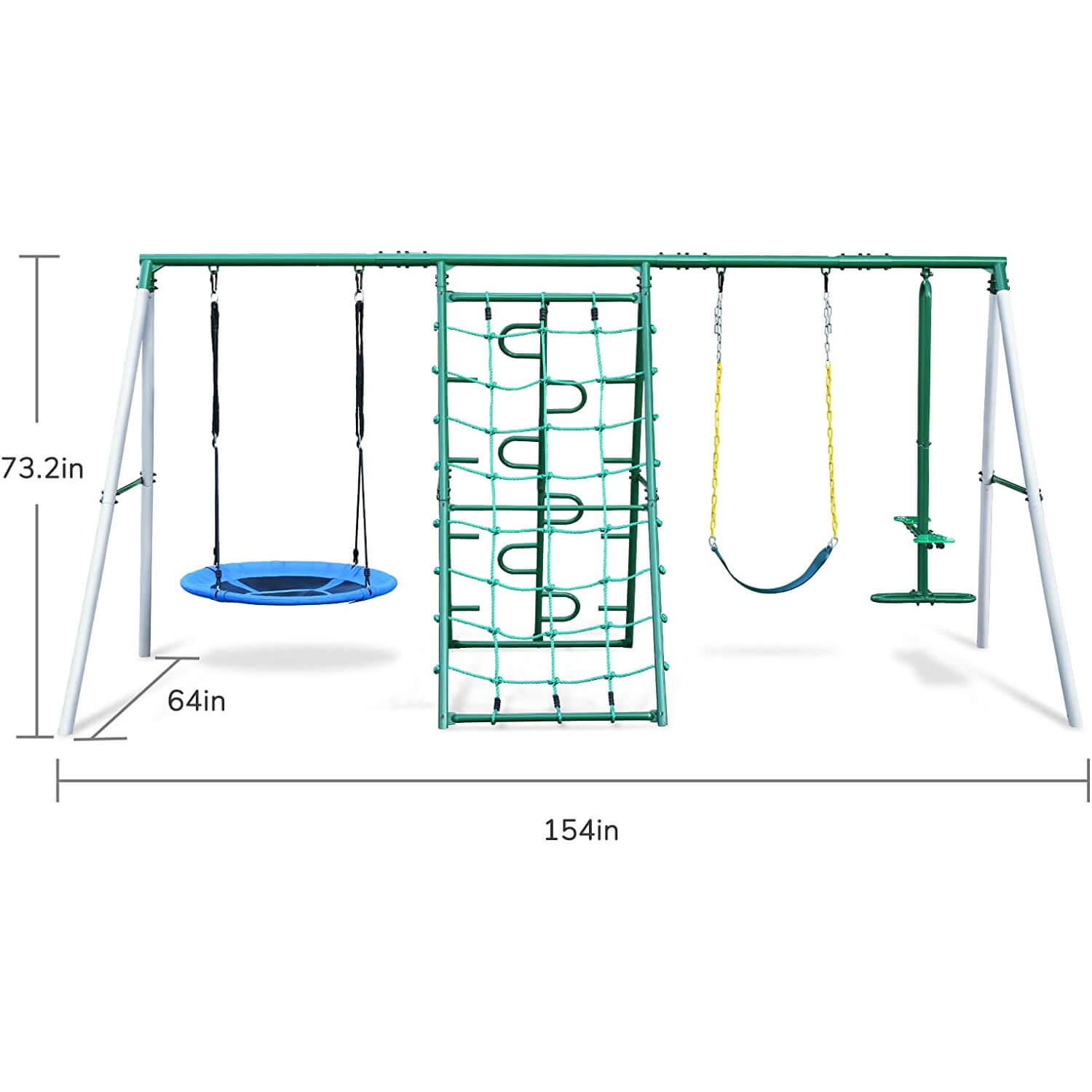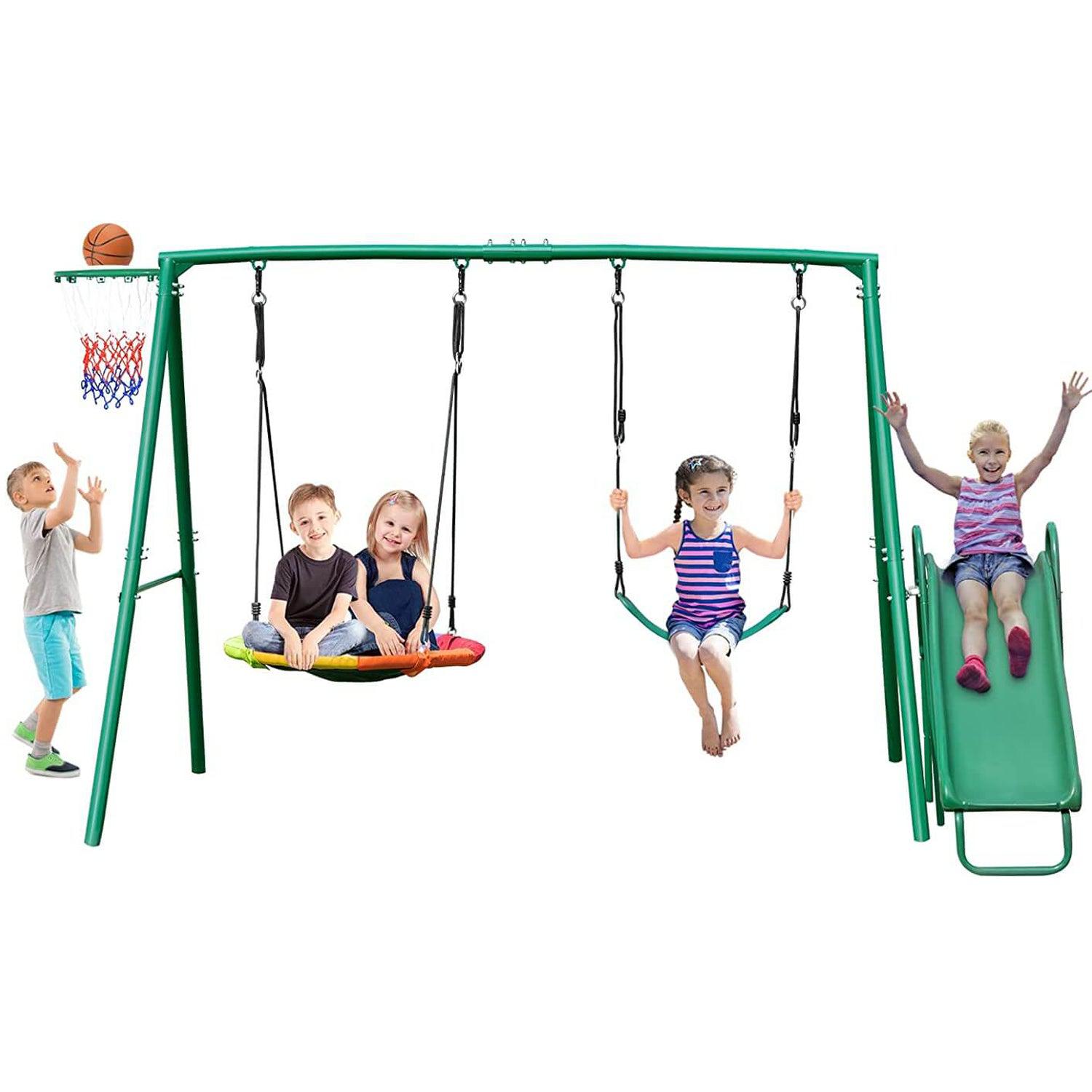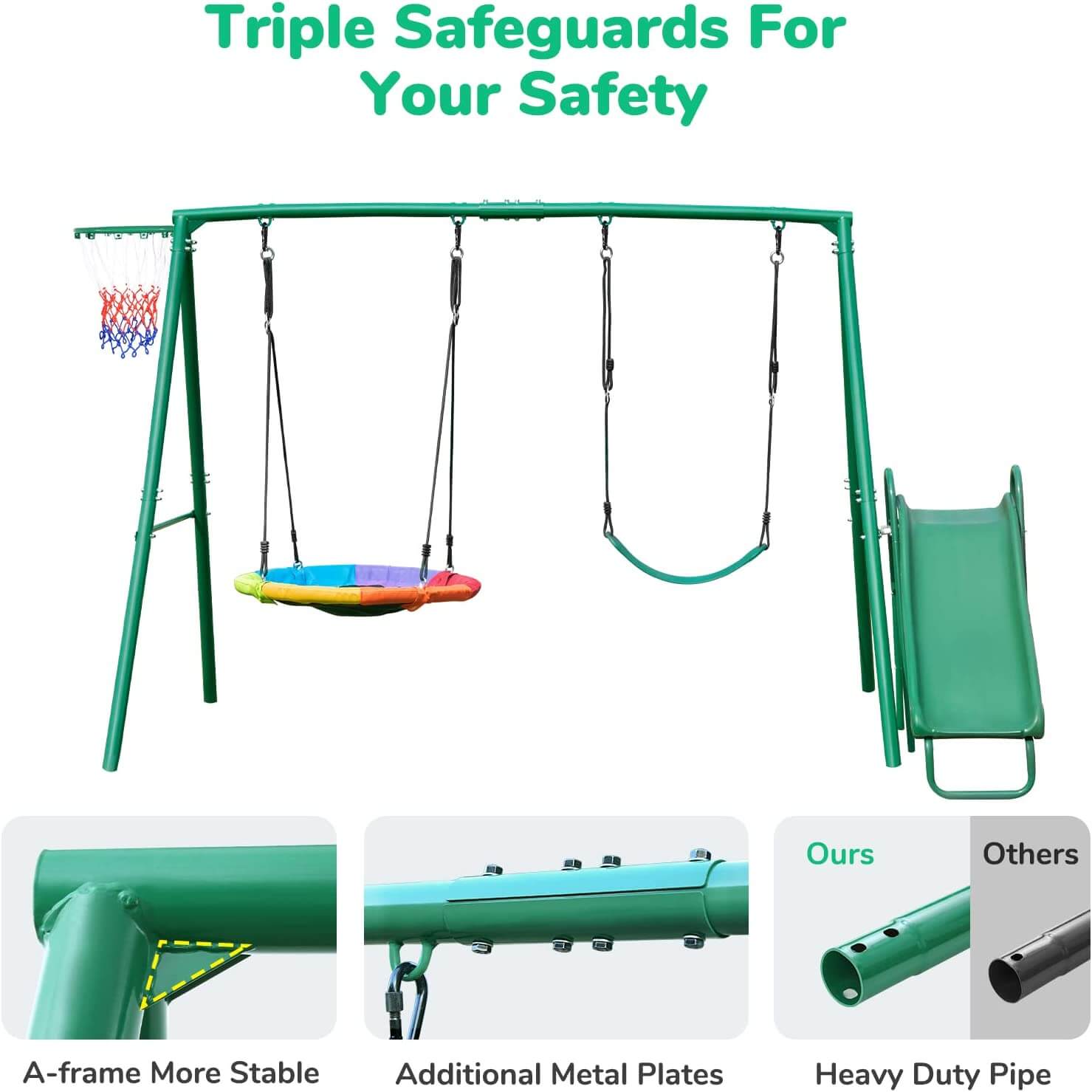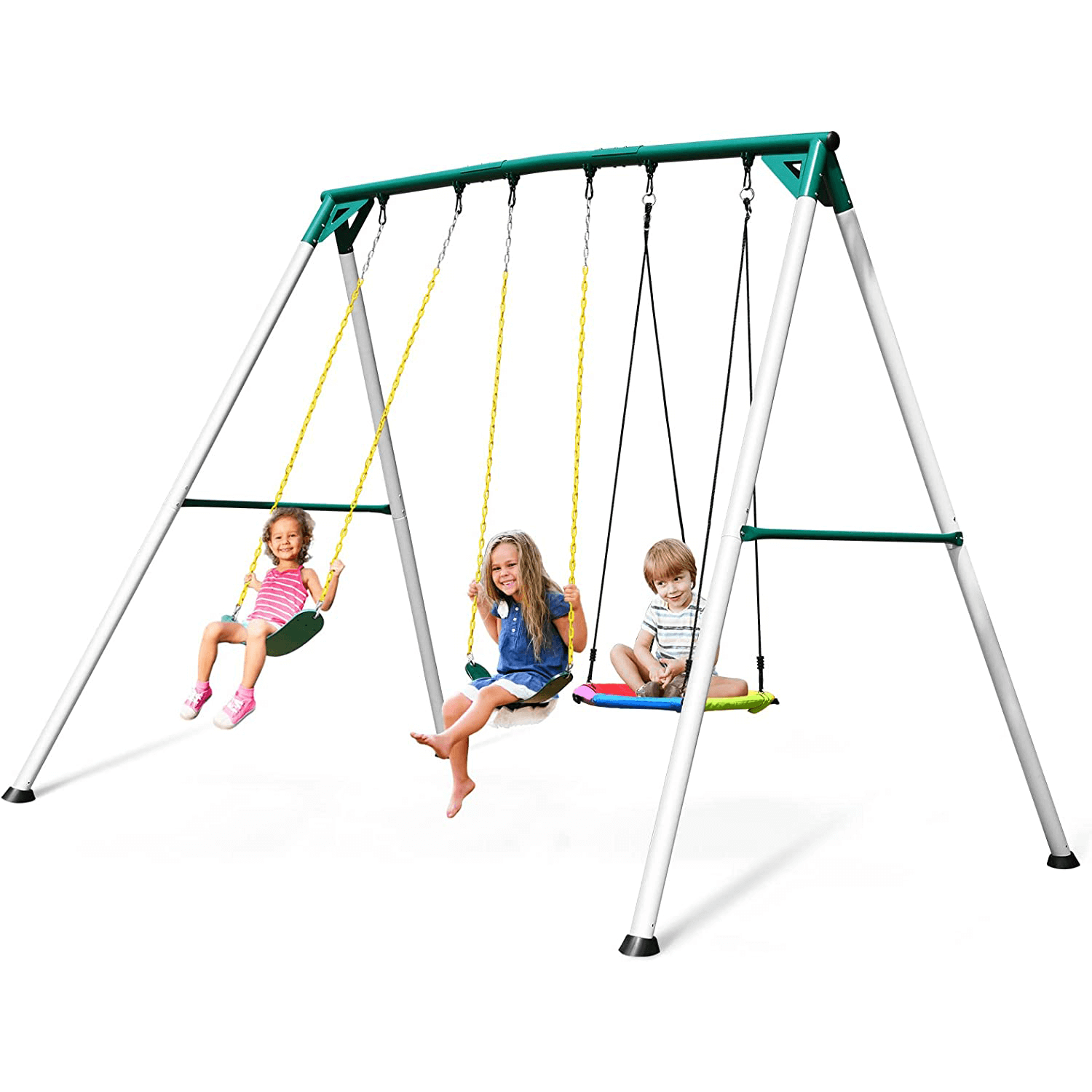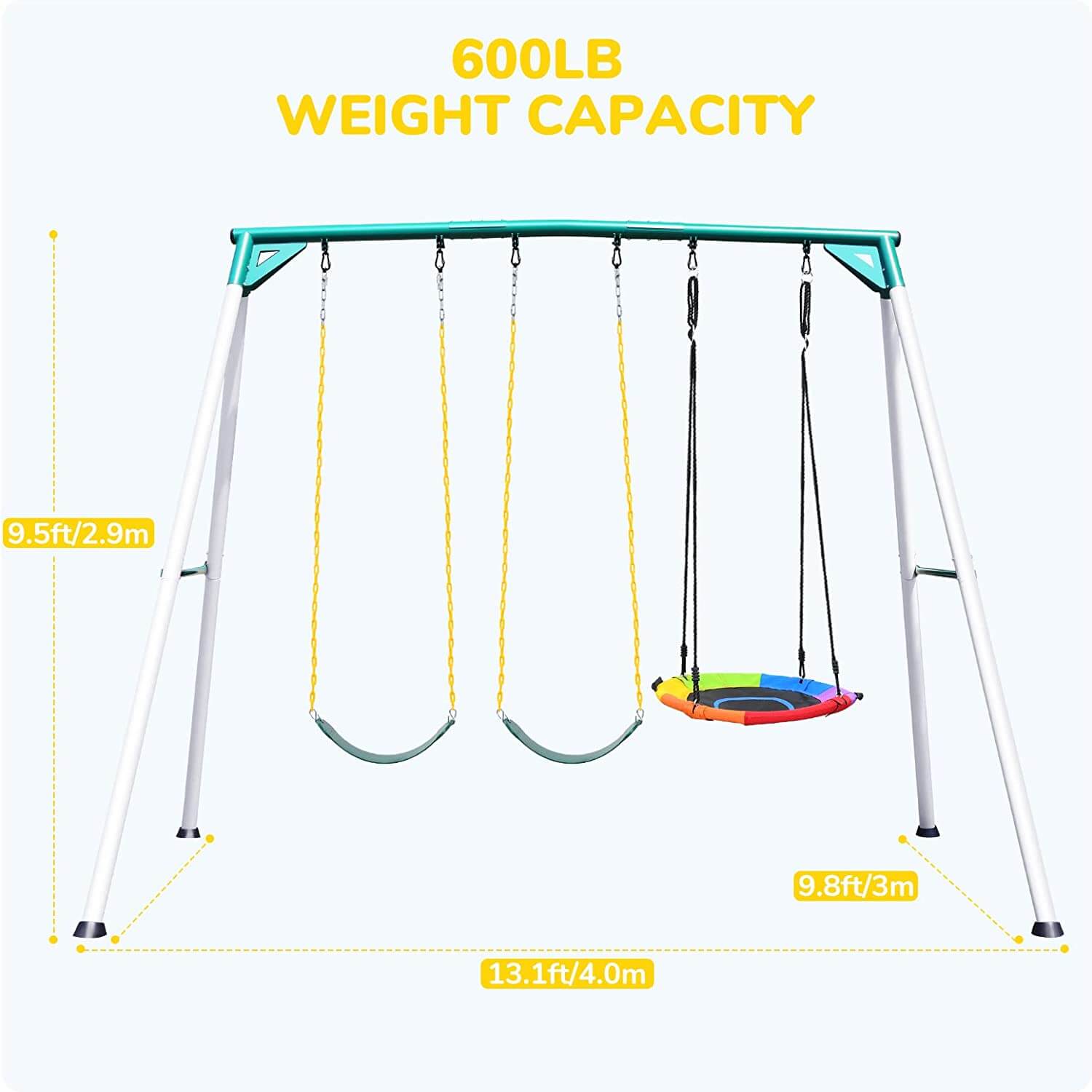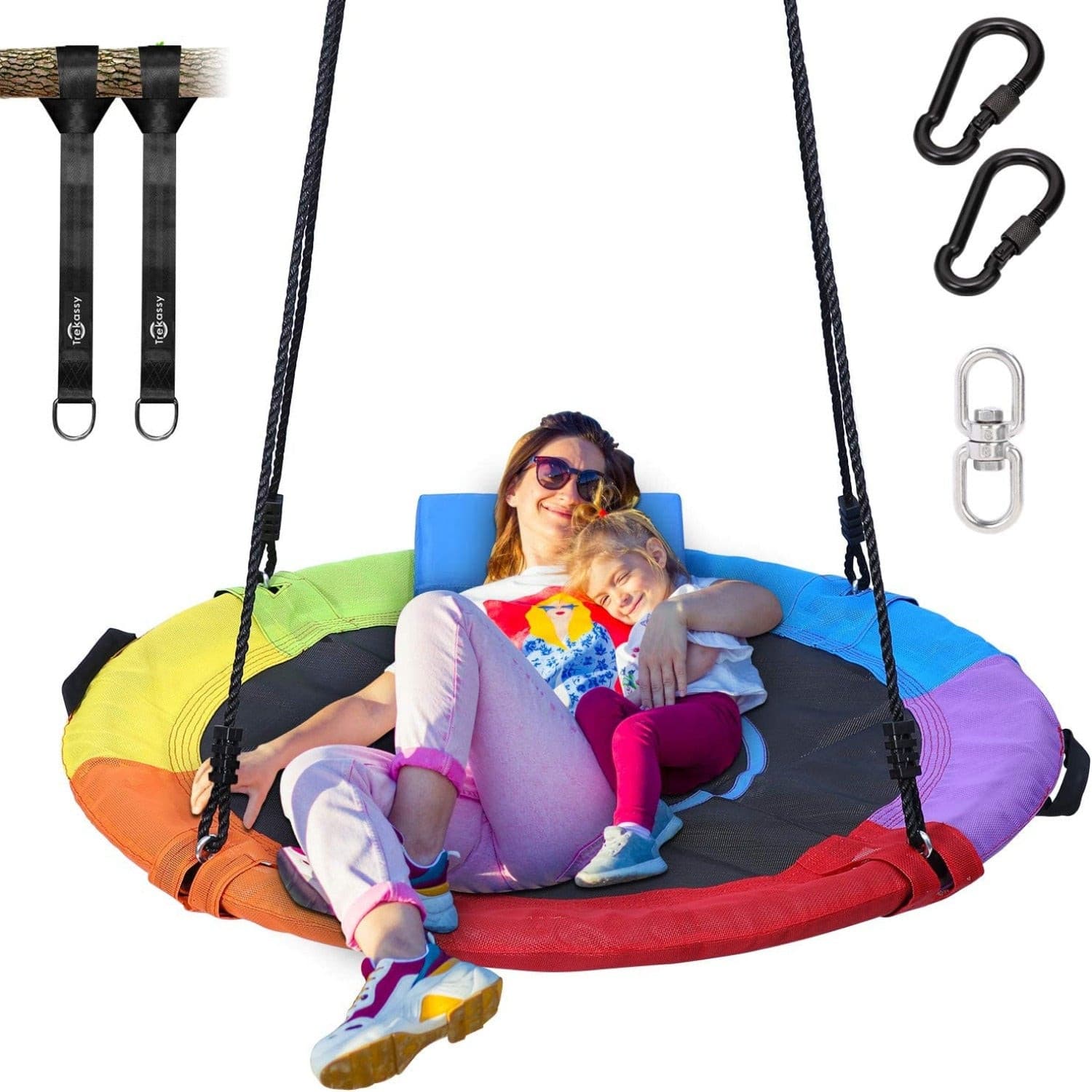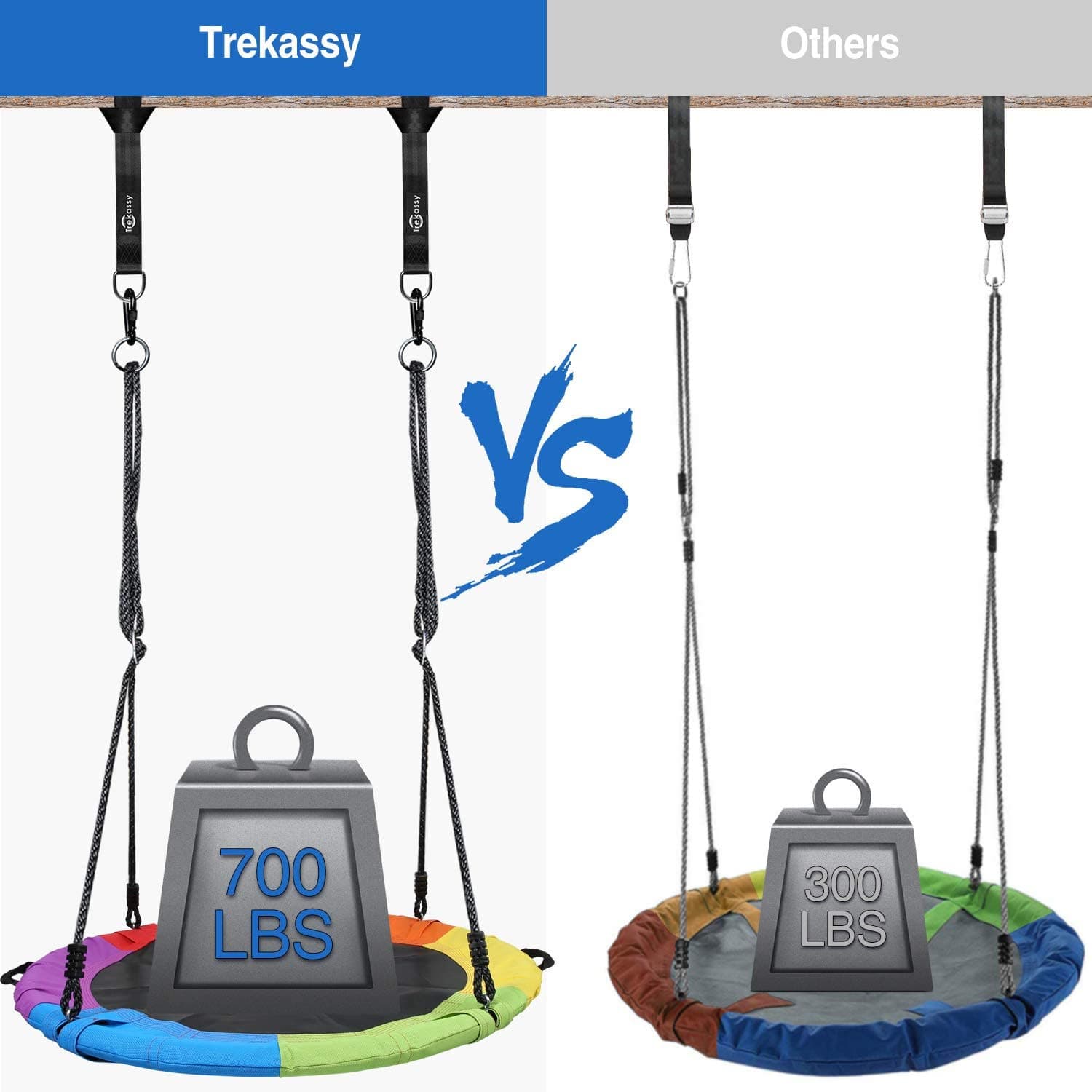
Sandbox: When is a Sandbox suitable for children?

Families would like to have a sandbox in the garden - but when does the popular sandbox for children actually make sense, how much sand should go in, how deep does the sandbox have to be and what about a sandbox test? All questions that we would be happy to explain to you in the current Trekassy BLOG. And when the children are a bit older, the question will certainly arise: how can you convert the sandbox? We have great tips to help you set up a great play area in the garden before long.
Sandbox – When is my child actually old enough for this?
A sandbox is something nice for children and many mums, dads and grandparents had a sandbox in their garden when they were children. It doesn't matter whether it's smaller or larger, but of course the fun is increased if there's enough space to dig, build castles, splash around in water or just discover what warm sand feels like under bare feet and on your hands.
| Construction vehicles can also be used in the sandbox or the pony farm set up - everything is possible in the sandbox in the garden. |
In general, a sandbox is recommended from the first year of life at the earliest. But there is also nothing to be said against putting children in the sand when they are still babies.
Prerequisite: The baby must already be able to sit freely and on its own - then it can go into the sandbox under supervision. (this usually comes into play when older children live in the family and the sandpit is already there).
Children under the age of three should never play in the sand unsupervised
Unfortunately, the danger here is too great that it puts parts in the sand, such as sticks or stones, in its mouth or even swallows them. It is usually not a problem for your child to eat sand.
| Small amounts don't hurt, and sand doesn't taste good to most little ones anyway and is quickly spat out again. |
However, this is different in public sandboxes! Animal feces or even worse can be found in it again and again. So always dig a little in the sand yourself before you put your toddler in and let them play and dig by themselves. For this reason too, if there is space, many parents prefer the home sandbox for small children.
Sand = fun like at the sea
If you want to create a sandbox in the garden, you should look for a nice spot for it. It is best to place the box in such a way that you can still see it from the kitchen or living room window - and also have a good view of it from the terrace.
| You can only let your child play in the garden alone for a certain period of time from kindergarten age. |
There are various options for a sandbox in the garden.
▶ So-called sand shells are mobile and quickly broken down again. These can be quickly filled and emptied again. Due to their small size, however, they are more suitable for small children and impractical in the long term.
▶ Children have more space – and lots of fun – in wooden sandboxes. These are often even offered with a roof. So your child is well protected from the sun.
Important: Always cover the sandpit when not in use. This keeps the sand clean and dry. They should also change and dispose of the sand regularly.
The location of the sandbox
If you want to set up a sandpit, you should first think about where it should ultimately be. Because here it is important to consider, especially with regard to the depth, that no pipelines should run below the sand.
As for the height, you have to be careful that the children will be happy to grab anything that will be in the immediate vicinity. For this reason, the sandpit should never be set up near hedges, bushes or piles of wood.
Preparing the sandpit:
find the ideal location ✔
Mark out the size and shape of the sandbox ✔
Specify the height of the sandbox ✔
Select substructure ✔
Dig the soil deep enough ✔
Sandbox depth - I have to take that into account
The depth of the excavation depends on the planned substructure and/or the existing subsoil. It also plays a role how high the sandbox should be or at what height the play level should be. With a deeper excavation, you can lower the level of the sandbox so that the seating level is at ground level or just above it.
| For a sandbox with a gravel substructure, you should dig out the ground about 15 cm deep. |
Which substructure should my sandbox have?
A substructure made of gravel and a breathable foil that is attached to the wooden structure is often recommended. This way, water can later drain out of the sandpit and it is difficult for weeds to grow in it. Again, an excavation of about 15 cm depth is recommended.
If water remains in the sandpit, the sandpit may not drain the water sufficiently. This may have to do with the subsoil. We recommend never placing the sandbox on a concrete slab or on a terrace with cement joints.| Even the lid of the sandbox does not ensure that the sand stays dry. Sandbox lids are not waterproof. In this way, the sandpit can be sufficiently ventilated to prevent mold from forming. |
If the sandpit doesn't have a lid - buy a sandpit tarpaulin
For example, keep the sand in the sandpit fresh with the EXIT sandpit cover. Thanks to the elastic band, the tarpaulin adapts to the sandpit and stays firmly in place. Covering the sandpit with a tarp is a must for safe and clean sandpit sand. This prevents leaves, dirt or sharp objects from getting into the sandpit.
| In addition, parents prevent animals (e.g. cats) from entering the sandpit and using it for other purposes. |
How much sand should be in the sandbox and what do I fill the sandbox with?
You should only buy tested play sand and not use cheap ones from the gravel or sand pit. Play sand is checked for pollutants and germs and must be free of them. Plus, it doesn't contain clay, which could leave permanent stains on your kids' clothes.
The amount of sand required to fill a sandbox depends on how big and deep you want to build your sandbox. You often get information about this from the manufacturer when you buy a sandpit.
| Fill the sandpit at least half or three-quarters full with sand, measured from the bottom to the top edge. |
How much sand actually fits in my sandbox?
We recommend filling the sandbox 75% full. This is to prevent too much sand from ending up next to the box. The number of kilos of sand that will fit in your chosen sandpit can be found in the sandpit product specification.
Then check this sand for the following points:
▶ Does the sand stick? If the sand is too loose, children cannot build sandcastles and playing in the sandbox is much less fun!
▶ Is there no clay in the sand? Clay causes dirty knees and brown stains on clothing.
▶ Are there no sharp parts in the sand? It's easy to injure yourself with debris in the sand.
Toys are part of every sandpit
Of course, a sandpit also includes toys so that you can use the sand imaginatively. It is often possible to buy a small toy set to start with, which is also sufficient for younger children. This already contains a shovel, a bucket, a watering can, a rake and some small sand molds.
| Gradually you can then buy more toys like a small excavator or a truck if your child is interested. |
Sandbox test - these are our most beautiful models
Having your own sandpit is the perfect first birthday gift. Maybe make it a joint gift with the grandparents. Other relatives or friends can also give accessories such as shovels and buckets or the right wheelbarrow.
Beautiful for the terrace or balcony - models with a table:
There are also beautiful sand tables from EXIT Toys for small spaces, which can also be combined with water fun. Together with suitable benches, children can really creatively enjoy a nice day outdoors.
Convert the sandbox – when the attraction wears off
A sandbox in your own garden has a very special attraction for children. Most want to visit it immediately to play, dig or build in it. A sandbox can accompany a child over a longer period of time, which includes several years. Even at primary school age people still like to dig and play in the crate - now pipes are laid and play figures are played in the sandbox.
| But one day this time is over and the sandbox has done its job. We have a few tips for you on how the new open space can be used sensibly. |
The sandbox becomes a flower or vegetable bed
If you want to use the sandbox as a flower or vegetable bed, all you have to do is fill in soil and compost and mix everything well. The ideal mix depends on the plants you want to thrive there. Converting it into a herb bed is also conceivable, and the sand is even useful.
From the sandbox to the garden pond
Within a short time you can transform a simple sandbox into a pond, at least if you use a prefabricated pond shape for it. You simply place them in the "old" sand. You can use the wooden border as you wish to design the area around the pond. Fill in soil around the pond. There is room here for border planting.
The sandbox as a rock garden
The sand from the former sandbox is a good basis for a rock garden, because plants that love dry soil should grow here. All you have to do is remove the wooden box/border and spread the sand around a bit. Then design the surface with stones.
| Set accents or build a frame out of it. Then plant your new rock garden. |
Sandpit surface becomes a ground trampoline
You already have a reserved area in your garden for your children - how about using the area for a ground trampoline? A little excavation is already done - the rest is soon done with a shovel and muscle power and will make the whole family happy for many years to come.
If you still have children of primary school age, then you should use a ground trampoline with a safety net. Older teenage children can practice perfect tricks on the so-called sports trampoline and you can also do your daily workout on the ground trampoline in the garden.
Set up a garden pool - the sandbox becomes a paddling area
Another nice idea to design the newly created open space is to build a garden pool. When the children are a bit older, it is particularly nice to be able to cool off in the garden.
EXIT Toys pools can be placed on a flat and stable surface such as grass or a paved surface. Make sure you clean the surface well before installation and there are no sharp objects under the pool. In addition, we recommend that you use a ground sheet.
Sandbox – we would be happy to advise you
Our online shop is a specialized retailer. You benefit from fast and reliable service, fair value for money and expert advice. Use our many years of online shop experience!
Delivery within USA is free of charge for you. Due to our high stock availability of many products, a quick delivery of your ordered item is usually possible. We are also happy to offer express delivery.








